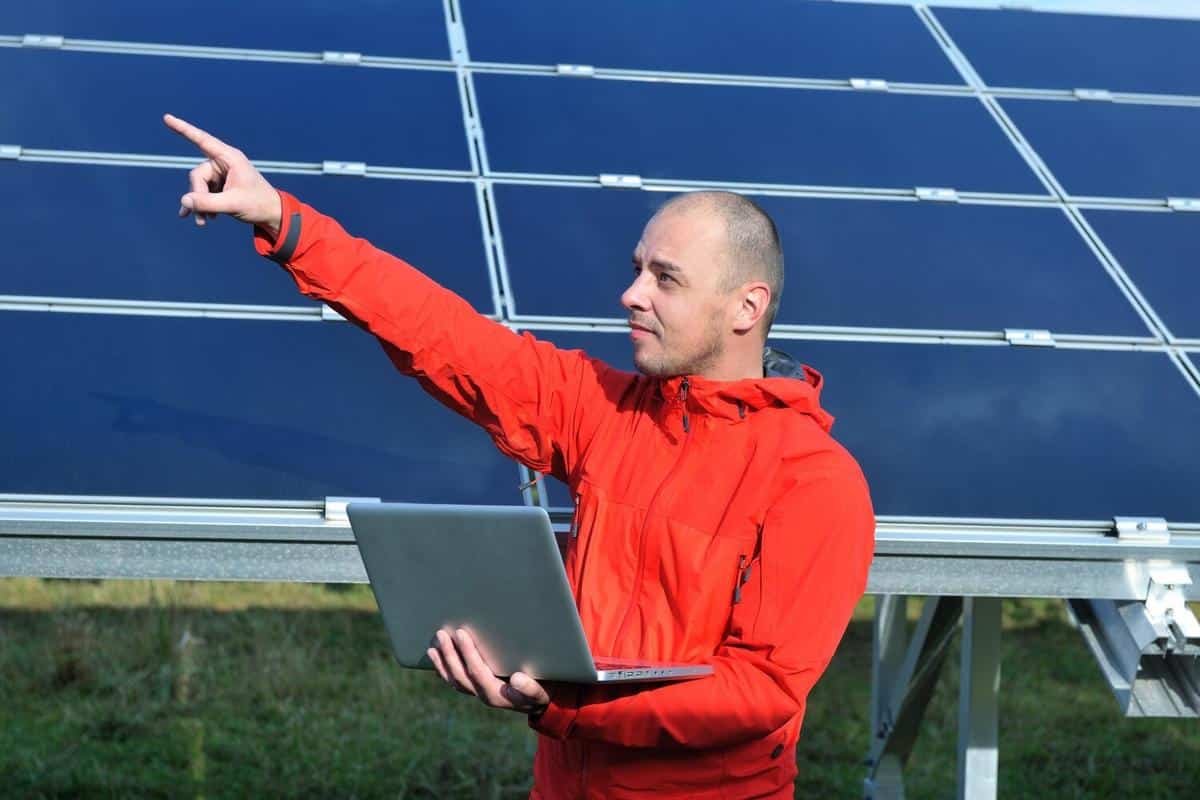
How Smart Grids are Revolutionizing Renewable Energy
Renewable energy is transforming the way we power our world, and smart grids are at the forefront of this revolution. By integrating advanced technology and renewable sources, smart grids are reshaping the energy landscape in profound ways.
Understanding Smart Grids
Smart grids are electrical grids that leverage digital technology to monitor and manage the transport of electricity from all generation sources to meet the varying electricity demands of end-users. They enhance the efficiency, reliability, and sustainability of the production and distribution of electricity.
Expert Insights
According to Dr. Emma Green, a leading authority on renewable energy systems, “Smart grids are not just about technology; they represent a paradigm shift in how we perceive and utilize energy.” This shift is crucial for integrating renewable energy sources like wind and solar, which are inherently variable.
The Role of Smart Grids in Renewable Energy
Smart grids facilitate the integration of renewable energy by allowing for a two-way communication between the utility and its customers. This communication enables better demand response and efficient energy distribution. For instance, during periods of low demand or high renewable generation, smart grids can store excess energy, ensuring no wastage.
Statistics on Smart Grid Adoption
| Country | Smart Grid Penetration (%) |
|---|---|
| United States | 32 |
| Germany | 25 |
| China | 40 |
| India | 18 |
| United Kingdom | 30 |
| Australia | 22 |
| Canada | 28 |
| Brazil | 15 |
Real-World Examples
In California, smart grids have played a pivotal role in managing the state’s ambitious renewable energy goals. By using smart meters and advanced analytics, utilities can optimize electricity use, reducing reliance on non-renewable sources during peak hours.
When installing smart grid systems, ensure all components are compatible with existing infrastructure to maximize efficiency and reduce costs.
Actionable Tips for Embracing Smart Grids
- Start by installing smart meters in homes and businesses to monitor and manage energy use more effectively.
- Encourage local governments to invest in smart grid technology to support the integration of renewables.
- Educate communities about the benefits of smart grids and how they can participate in energy-saving programs.
Frequently Asked Questions
How do smart grids improve energy efficiency?
Smart grids improve energy efficiency by optimizing energy distribution and minimizing losses through real-time monitoring and management.
Can smart grids support 100% renewable energy?
While smart grids can significantly enhance renewable integration, achieving 100% reliance also depends on advancements in storage technologies and grid infrastructure.
Conclusion
Smart grids are key to harnessing the full potential of renewable energy, offering a more resilient and efficient energy system. By embracing smart grid technology, we can move closer to a sustainable energy future. For more insights on renewable energy innovations, explore additional resources at [Energy Information Administration](https://www.eia.gov) and [International Renewable Energy Agency](https://www.irena.org).